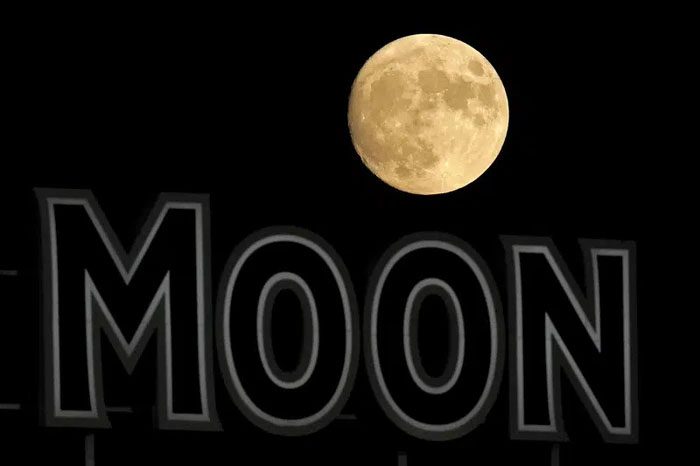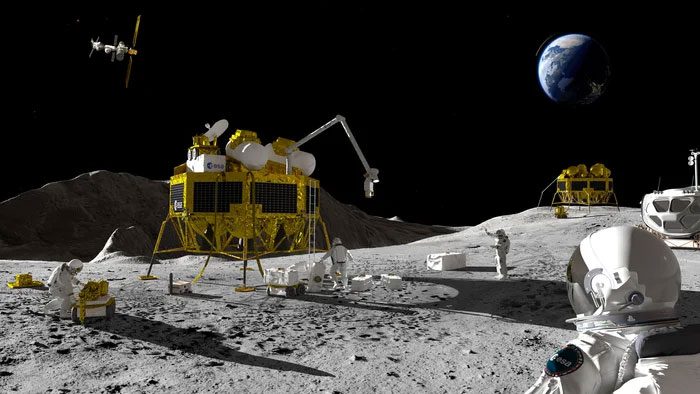As more and more lunar missions are planned, the European Space Agency (ESA) aims to establish a unique time zone for the Moon. If the lunar time zone is established, it could pave the way for the creation of time zones for other planets in the future.
In the first week of March, the agency stated that organizations worldwide are considering the best ways to track time on the Moon. This idea was proposed at a conference in the Netherlands last month, with participants agreeing that there is an urgent need to establish “a common reference time for the Moon,” according to Pietro Giordano, a systems engineer.
“An international effort is underway to achieve this,” Giordano shared in a statement.

As more lunar missions are planned, the European Space Agency aims to create a unique time zone for the Moon. (Photo: AP).
European authorities say that an international lunar time zone would benefit everyone, especially as more countries and private companies target the Moon, along with NASA’s (National Aeronautics and Space Administration) intention to return astronauts to the celestial body soon. NASA plans to conduct its first crewed flight to the Moon in over half a century in 2024, with the earliest landing expected in 2025.
NASA has struggled with timekeeping while designing and constructing the International Space Station, a project that is soon to celebrate the 25th anniversary of its first module launch. The station does not have its own time zone; it uses Coordinated Universal Time (UTC), a system based on meticulous measurements from atomic clocks. This system helps eliminate time discrepancies between NASA and the Canadian Space Agency, as well as with partner programs from Russia, Japan, and Europe.

In February 2023, ESA announced that space organizations worldwide are considering the best ways to track time on the Moon. Photo: ESA
An international team researching this common time zone is debating whether one or multiple organizations should establish and maintain the time on the Moon. Technical issues also need to be considered. Surveys have shown that clocks on the Moon run faster than those on Earth, with a difference of about 56 microseconds per day (1 second = 1 million microseconds). Additionally, it becomes more complex due to time differences between the Moon’s orbit and its surface.
“This mission will be quite challenging,” stated Bernhard Hufenbach of the European Space Agency (ESA), noting that a day on this celestial body lasts up to 29.5 Earth days. “But once we have a time system for the Moon, we could apply the same approach to other destinations in space” (such as establishing a common time for Mars).
Currently, lunar missions use the time of the nation operating the spacecraft for that mission.





















































